Bell peppers, known for their vibrant colors, crisp texture, and rich nutrient profile, are a favorite in kitchens worldwide. Rich in vitamins A, C, and antioxidants, these vegetables not only enhance the flavor of dishes but also provide significant health benefits. However, growing high-quality bell peppers consistently requires careful management of environmental conditions, soil nutrients, and pests.
Thanks to modern greenhouse agriculture technology, bell pepper farming has become more efficient, sustainable, and profitable. By controlling the climate, water supply, and nutrient availability, farmers can grow bell peppers year-round, regardless of external weather conditions. This blog post explores the techniques, technology, and processes behind awesome greenhouse bell pepper farming, offering a comprehensive guide for modern growers.
Step 1: Understanding Greenhouse Bell Pepper Farming
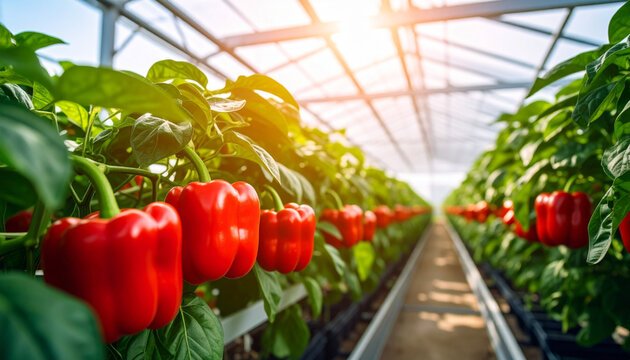
Greenhouse bell pepper cultivation is a controlled environment agriculture (CEA) practice, designed to optimize growth and yield. Unlike open-field farming, greenhouses protect plants from adverse weather, pests, and diseases. Key advantages include:
- Year-round production: Climate control allows peppers to grow even in off-seasons.
- Higher yields: Optimal temperature, humidity, and light boost plant productivity.
- Pest and disease management: Controlled conditions reduce exposure to insects and pathogens.
- Uniform quality: Consistent conditions result in vibrant, uniform bell peppers.
Modern greenhouses also integrate automation for irrigation, nutrient supply, and climate monitoring, significantly reducing labor while increasing efficiency.
Step 2: Selecting the Right Bell Pepper Varieties
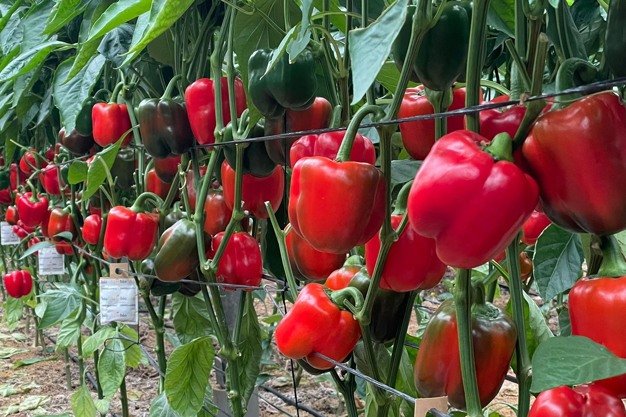
Choosing the right variety is crucial for greenhouse success:
- Hybrid Varieties: Designed for high yield, disease resistance, and uniform color.
- Color Preferences: Red, yellow, orange, and green varieties can be selected based on market demand.
- Growth Characteristics: Compact varieties are ideal for greenhouse cultivation, allowing more plants per square meter.
Variety selection impacts yield, fruit quality, and profitability, making it a critical first step.
Step 3: Preparing the Greenhouse for Bell Peppers
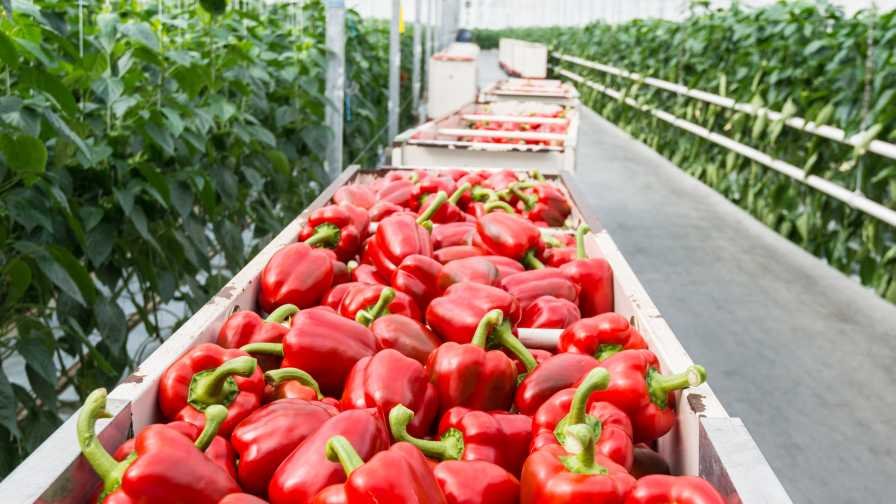
A successful greenhouse requires careful preparation:
- Temperature Control: Maintain 20–28°C for optimal growth, with slight variations for day and night.
- Humidity: Keep humidity between 60–70% to prevent fungal diseases and ensure healthy growth.
- Lighting: Use supplemental LED lights to provide consistent light intensity, especially during low-sun months.
- Ventilation: Proper airflow prevents heat buildup and reduces disease incidence.
- Soil or Soilless Media: Bell peppers can grow in nutrient-rich soil or hydroponic substrates like coco peat, perlite, or rock wool.
Preparation ensures a stable, optimized environment that supports healthy plant growth and high yields.
Step 4: Planting Bell Peppers in a Greenhouse
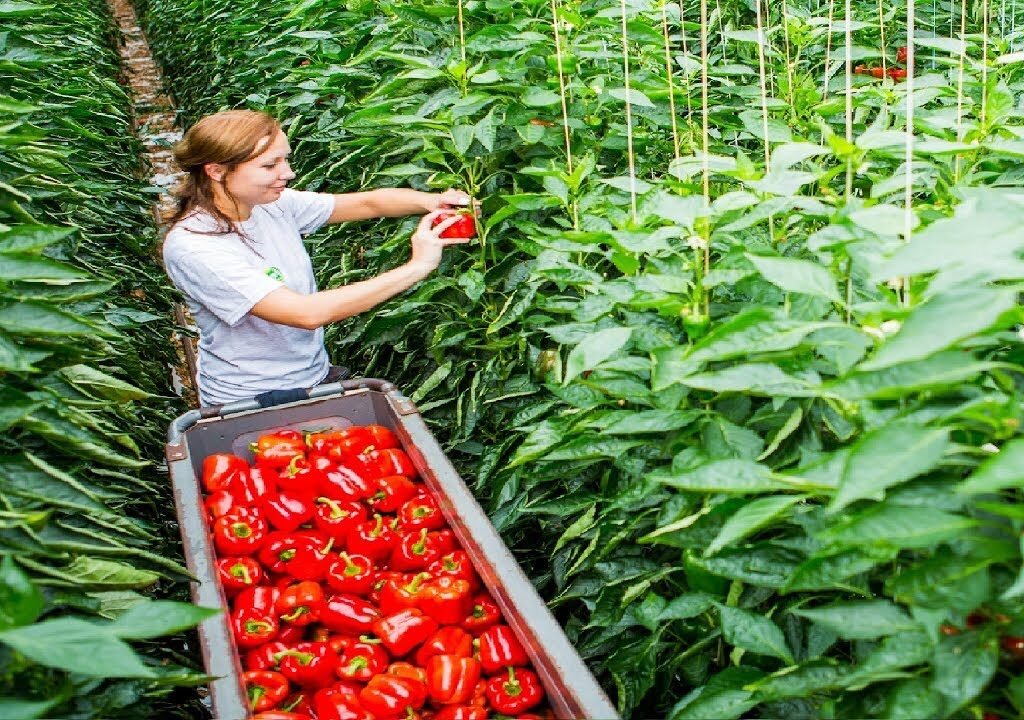
Planting techniques are essential for maximizing space and efficiency:
- Seedlings: Start bell pepper seeds in trays or plug pots under controlled conditions.
- Transplanting: Move seedlings to the greenhouse once they are strong enough, spacing them approximately 30–40 cm apart.
- Support Systems: Use trellises, strings, or stakes to support growing plants and prevent lodging.
- Inline Planting: Arrange plants in straight rows to facilitate irrigation, fertilization, and harvesting.
Proper planting ensures strong root development, healthy stems, and maximum light exposure.
Step 5: Irrigation and Fertilization Technology
Bell peppers are nutrient-demanding crops, and greenhouse technology allows precise management:
- Drip Irrigation: Delivers water directly to plant roots, conserving water and preventing leaf wetting, which can cause disease.
- Fertigation Systems: Combine irrigation with nutrients like nitrogen, phosphorus, potassium, calcium, and magnesium.
- Smart Sensors: Monitor soil moisture, pH, and nutrient levels, adjusting irrigation and fertilization automatically.
This precise water and nutrient delivery improves growth, enhances fruit quality, and reduces resource waste.
Step 6: Pollination in a Greenhouse
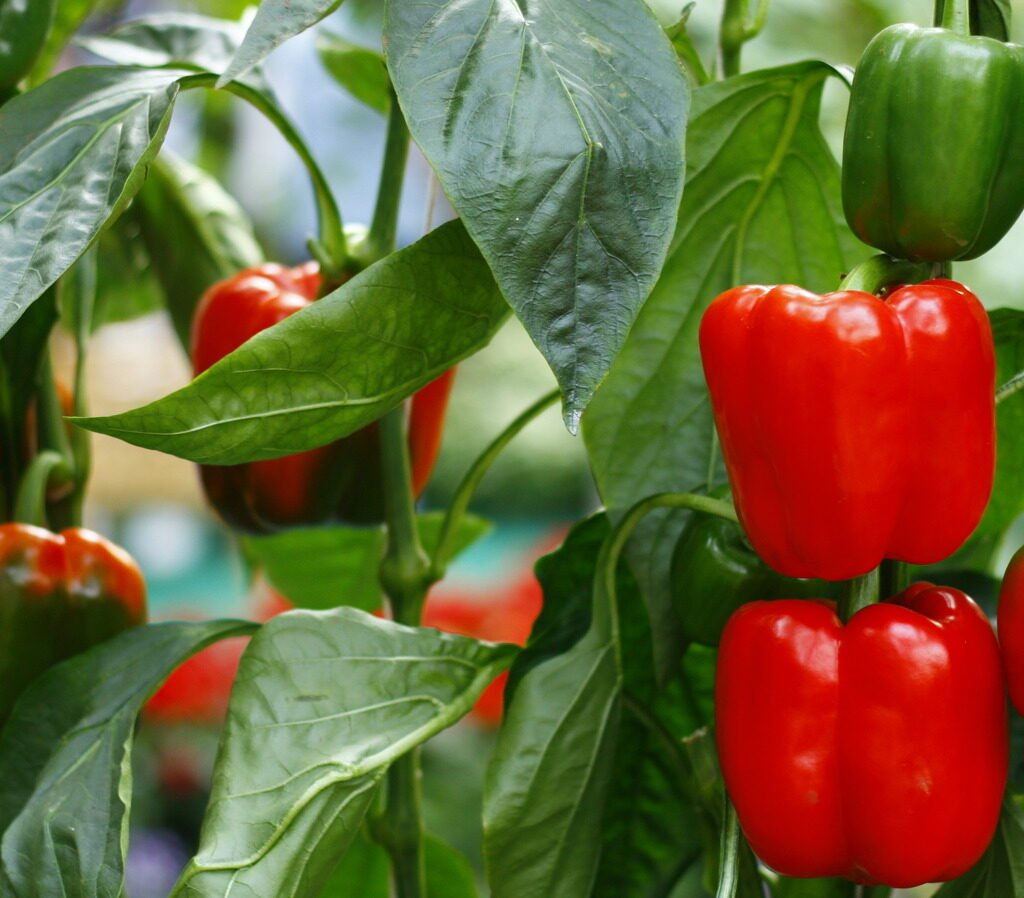
Unlike outdoor fields, greenhouses often lack natural pollinators like bees. Techniques for pollination include:
- Manual Pollination: Farmers gently shake flowers or use brushes to transfer pollen.
- Mechanical Pollinators: Small vibrating devices can stimulate flowers.
- Bee Hives: Introducing bumblebees inside the greenhouse ensures effective pollination.
Proper pollination ensures full, uniform fruits and maximizes yield.
Step 7: Pest and Disease Management
Greenhouses reduce many risks but pests and diseases can still occur:
- Common Pests: Aphids, whiteflies, thrips, and spider mites.
- Preventive Measures: Use insect screens, sticky traps, and biological controls like ladybugs or predatory mites.
- Disease Management: Monitor humidity and leaf wetness to prevent fungal infections like powdery mildew and botrytis.
- Integrated Pest Management (IPM): Combines chemical, biological, and cultural methods for sustainable protection.
Automation and sensors allow real-time monitoring, enabling quick intervention before infestations spread.
Step 8: Growth Monitoring and Analytics
Modern greenhouses use digital technologies to track plant growth and optimize productivity:
- Cameras and Drones: Capture plant health data and detect signs of nutrient deficiency or disease.
- Software Analytics: Analyze growth patterns, fruit development, and predicted harvest dates.
- IoT Integration: Connect sensors for temperature, humidity, CO₂ levels, and light intensity to a central monitoring system.
Data-driven farming ensures maximum efficiency, higher yields, and consistent fruit quality.
Step 9: Harvesting Bell Peppers
Harvesting is a critical step to maintain quality:
- Maturity Indicators: Fruits should reach full color and firmness before harvest.
- Manual Harvesting: Cut peppers with a sharp knife or scissors, leaving a small stem attached.
- Mechanical Assistance: Some large greenhouses use harvesting trolleys or conveyors for efficient collection.
- Timing: Harvest early in the morning or late in the evening to prevent heat stress and wilting.
Careful handling ensures the crisp texture, vibrant color, and long shelf life of the bell peppers.
Step 10: Post-Harvest Handling and Packaging
After harvesting, proper handling preserves quality:
- Washing: Clean fruits to remove dust and debris.
- Cooling: Use hydro-cooling or cold storage to maintain freshness.
- Grading: Sort peppers by size, color, and firmness.
- Packaging: Pack into crates, boxes, or shrink-wrapped trays for retail or wholesale distribution.
- Storage: Keep in controlled conditions at 12–15°C and 90–95% humidity to extend shelf life.
Efficient post-harvest handling reduces spoilage and delivers market-ready products.
Step 11: Advantages of Greenhouse Bell Pepper Farming
- Year-Round Production: Independent of seasonal weather.
- Higher Yield: Optimized growing conditions result in more fruits per plant.
- Uniform Quality: Controlled climate produces vibrant, consistent peppers.
- Resource Efficiency: Automated irrigation, fertilization, and climate control reduce water and nutrient waste.
- Sustainability: Integrated pest management and reduced chemical use minimize environmental impact.
Greenhouse technology enables farmers to achieve profitable, sustainable, and high-quality bell pepper production.
Step 12: Future of Greenhouse Bell Pepper Farming
The future is bright for high-tech greenhouse bell pepper cultivation:
- AI and Robotics: Automated planting, pruning, and harvesting robots are becoming increasingly common.
- Vertical Greenhouses: Optimize space in urban agriculture setups.
- Smart Monitoring Systems: Provide predictive insights on harvest timing and nutrient needs.
- Sustainable Energy: Solar panels, LED lighting, and automated climate systems reduce environmental impact.
These innovations will allow farmers to produce more bell peppers with fewer resources, meeting global demand sustainably.
Conclusion
Greenhouse bell pepper farming represents a modern, efficient, and sustainable approach to vegetable cultivation. By integrating advanced climate control, automated irrigation, precision fertigation, pest management, and post-harvest processing, farmers can achieve maximum yield and quality while minimizing labor and environmental impact.
From seedling to harvest, every step is optimized to produce vibrant, crisp, and nutritious bell peppers. With continued innovation in greenhouse technology, bell pepper farming will continue to set new standards for profitability, sustainability, and quality in modern agriculture.
Key Takeaway:
Modern greenhouse bell pepper farming combines technology, precision, and sustainability to produce high-quality, market-ready peppers year-round. From climate-controlled growth to smart harvesting and post-harvest handling, this method ensures a consistent supply of fresh, nutrient-rich bell peppers to meet global demand.
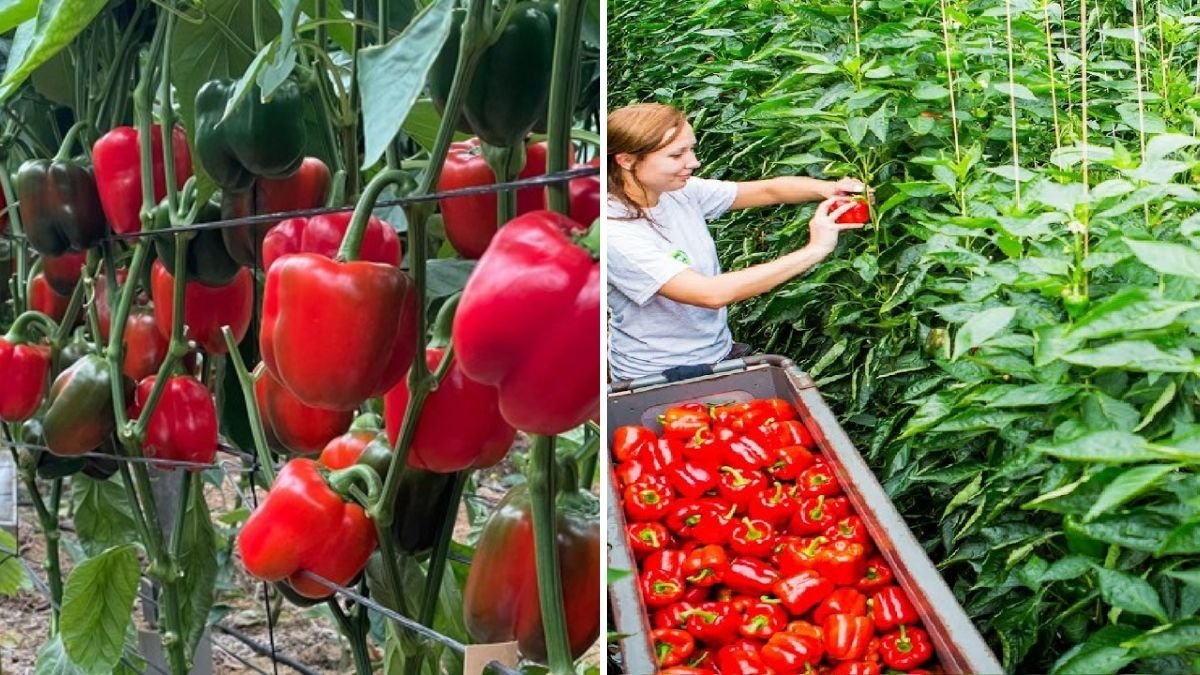
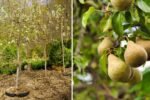
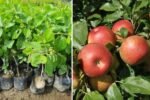



Leave A Comment